Blockchain Nodejs: Guide to Building a Cryptocurrency Network
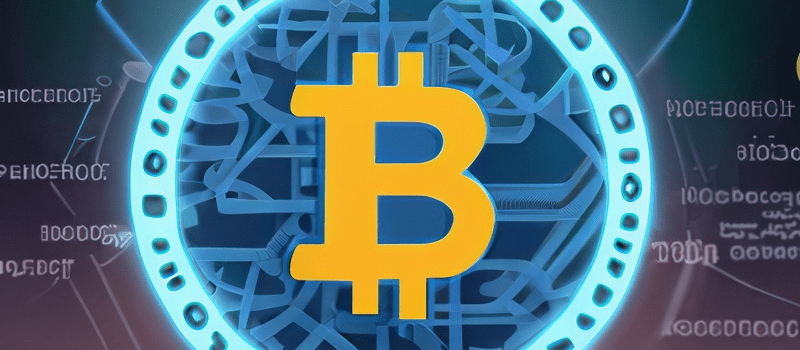
In this article, I will guide you through the step-by-step process of building a simple cryptocurrency blockchain network using Node.js.
Whether you are a seasoned developer or just starting your journey in the world of cryptocurrencies, this guide will provide you with the knowledge and tools to create your very own blockchain network.
Join me as we explore the inner workings of blockchain, understand the fundamentals of Node.js, and embark on an exciting journey to build a decentralized and secure cryptocurrency network. Let’s dive in and unlock the potential of blockchain technology together!
Introduction
Blockchain and cryptocurrencies have exploded in popularity in recent years. Developing blockchain applications requires choosing a programming language and framework that is up to the task. Node.js has emerged as a leading technology for blockchain development.
Some key advantages of using Node.js for blockchain development:
- Speed – Node.js is fast for real-time applications like blockchain networks.
- Scalability – Node.js handles high transaction throughput and heavy traffic.
- Active ecosystem – Many blockchain and crypto modules available.
- Approachability – JavaScript knowledge from front-end web dev transfers.
In this article, we will walk through building a simple blockchain and cryptocurrency from scratch using Node.js. The goal is to learn:
- Blockchain and distributed ledger fundamentals
- Cryptocurrency transaction logic
- Consensus algorithms like proof of work
- Node.js modules for hashing and cryptography
- Networking and synchronization
By the end, you will have hands-on experience developing blockchain applications with Node.js. Now let’s get started!
Overview of Building a Simple Cryptocurrency
Here are the key components we will build:
- Block model with timestamps and hash pointers
- Transaction model to represent transfers
- Private keys for signing transactions
- Proof of work system and consensus rules
- P2P network propagation and synchronization
| Component | Description |
|---|---|
| Block | Contains data and hash pointer to previous block |
| Transaction | Sender, receiver, amount to transfer |
| Wallet | Contains private keys for signing transactions |
| Consensus | Proof of work algorithm and rules |
| Network | Propagates transactions and blocks |
“A blockchain is a chronological database of transactions recorded by a network of computers. The blockchain is made up of interconnected blocks that contain data.” Source
This will demonstrate a basic blockchain and cryptocurrency using the tools available in Node.js. Now let’s start building!
Setting Up the Development Environment
Before we can start building our blockchain, we need to set up a Node.js development environment.
Installing Node.js
First, install the latest version of Node.js if you don’t already have it:
- Go to nodejs.org and download the LTS release for your system
- Follow the installation instructions for your operating system
Verify that Node.js is installed properly by running:
node -v
This should print the version number.
Initializing a Node.js Project
Next, we can initialize a new Node.js project:
- Create an empty project directory
- Open a terminal in the project directory
- Initialize project using
npm initand follow prompts
This will generate a package.json file with project info and settings.
Installing Supporting Modules
We will leverage some Node.js modules for our project:
- crypto-js – Cryptographic hashing and keys
- level – Key-value data storage
- ws – WebSockets networking
Install them using npm install <module-name> and add them to package.json as dependencies.
“The crypto module provides cryptographic functionality that includes a set of wrappers for OpenSSL’s hash, HMAC, cipher, decipher, sign, and verify functions.” Source
Now our environment is set up and ready to start building!
Building the Blockchain
Now we can start building out the core blockchain data structures using Node.js and the modules installed.
Block Model
First we need to define a Block class to represent each block in the blockchain:
// block.js
class Block {
constructor(data, previousHash) {
this.timestamp = Date.now();
this.data = data;
this.previousHash = previousHash;
this.hash = this.calculateHash();
}
}
The block contains:
timestamp– Time the block was createddata– Block data like transactionspreviousHash– Hash of previous block in the chainhash– Current block’s unique hash
Calculating the Hash
The hash is calculated from the block data:
calculateHash() {
return cryptoJs.SHA256(this.timestamp + this.previousHash + JSON.stringify(this.data)).toString();
}
This creates a digital fingerprint of the block contents.
“The hash is basically a fingerprint of the block’s content. If the content changes, the block’s hash changes.” Source
Linking Blocks in the Chain
Blocks are linked by including the hash of the previous block in the new block. This forms the chain:
Block 1 -> Hash 1 -> Block 2 -> Hash 2 -> Block 3 -> Hash 3
Next we can start adding transactions and consensus rules.
Creating Cryptocurrency Transactions
Now that we have a Block class, we need to add transactions that will be stored in the blocks.
Transaction Model
We will start with a simple transaction model:
// transaction.js
class Transaction {
constructor(sender, receiver, amount) {
this.sender = sender;
this.receiver = receiver;
this.amount = amount;
}
}
Each transaction contains:
sender– The sender’s wallet addressreceiver– The receiver’s wallet addressamount– Amount of coins to transfer
This represents a transfer of coins from sender to receiver.
Signing Transactions with Private Keys
To authorize transactions, the sender signs the transaction with their private key:
signTransaction(signingKey) {
// Sign transaction contents with private key
}
This allows the network to verify the transaction is authorized by the sender.
“A user’s identity on the blockchain network is their public key, while their private key proves ownership of their digital assets.” Source
Now we can put transactions in blocks and process them.
Connecting Blocks and Transactions
Now that we have Block and Transaction models, we need to connect them together.
Storing Transactions in Blocks
We can update the Block class to include an array of transactions:
class Block {
constructor(transactions, previousHash){
this.transactions = transactions;
// other properties
}
}
When a new block is mined, transactions will be pulled from the pool and added to the transactions array.
Calculating the Merkle Root Hash
To hash the entire set of transactions efficiently, we calculate a Merkle root hash:
calculateMerkleRoot() {
// Calculate Merkle root hash from transaction hashes
}
This distills all transaction hashes into a single hash stored in the block header.
“This cryptographic hashing allows a succinct way for blocks to store large sets of data.” Source
Linking Blocks in the Chain
Blocks will be linked by referring to the previous block’s hash:
Block 1 -> Hash 1 -> Block 2 -> Hash 2 -> Block 3
Now we can add proof of work mining and consensus rules.
Consensus and Blockchain Security
To secure the blockchain, we need consensus algorithms like proof of work.
Proof of Work
Proof of work requires miners to solve a difficult computational problem to mine new blocks:
mineBlock(difficulty) {
// Loop until hash meets difficulty target
while(hash does not meet difficulty) {
// Increment nonce
// Recalculate hash
}
}
This allows the network to agree on the valid chain and prevents double spends.
Validating Proof of Work
Nodes can quickly verify the proof of work when receiving new blocks:
verifyBlock(block) {
// Check if block's hash meets difficulty target
if(hash meets difficulty) {
// Block and proof of work is valid
} else {
// Invalid block, reject
}
}
“The Proof of Work algorithm provides a decentralized consensus on blockchain’s security and integrity.” Source
This allows nodes to reach consensus without trusting each other.
Longest Valid Chain Rule
Nodes accept the longest valid chain of blocks with correct proof of work as the authoritative chain. This prevents attacks and tampering.
Now we can broadcast new blocks across the network.
Networking and Mining in Node.js
To function as a decentralized network, we need to connect and propagate our blockchain across nodes.
P2P Networking
We can use the Node.js ws module to create peer-to-peer connections:
// Create WebSocket connection
const socket = new ws('ws://localhost:8080');
// Listen for new blocks
socket.on('newBlock', newBlock => {
// Add new block to blockchain
});
// Broadcast mined block
socket.send(newBlock);
This allows nodes to broadcast new blocks and transactions.
Mining Nodes
We can create miner Node.js processes to compete to mine new blocks:
node miner.js
The miner.js will run a continuous loop trying to mine new blocks:
while(true) {
const newBlock = createNewBlock(transactions);
// Try mining block
if(mineBlock(newBlock)) {
// Broadcast mined block
}
}
“A peer-to-peer network allows equal participants to share blockchain data.” Source
This allows decentralized mining without a central authority.
Now we have the basics of a blockchain cryptocurrency with Node.js!
Advanced Topics
So far we have built a simple blockchain and cryptocurrency from scratch using Node.js. There are many ways we could extend this:
Node.js Frameworks
There are Node.js blockchain frameworks that provide pre-built modules:
- Naivecoin – Blockchain implementation
- Cryptocurrency-exchange – Exchange system
These provide faster starting points for development.
Alternative Consensus Models
We could experiment with other consensus models like:
- Proof of Stake
- Delegated Proof of Stake
- Byzantine Fault Tolerance
Persistence with Databases
We could store blockchain data in databases like:
- MongoDB
- LevelDB
This provides persistence instead of just in-memory storage.
Web Interfaces
We could build web apps with:
- Node.js web frameworks like Express.js
- Frontend JavaScript frameworks like React
This allows exploring blockchain data visually.
“There are many directions for enhancing and building upon a basic blockchain implementation.” Source
The core Node.js blockchain skills can be applied to many advanced implementations.
Summary
In this article, we built a simple blockchain and cryptocurrency from scratch using Node.js and core modules.
Some key points:
- Node.js provides useful speed, scalability, packages for blockchain development
- We modeled the core Block and Transaction components
- Hashes link blocks in the chain together
- Proof of work provides decentralization and security
- P2P networking propagates data between nodes
- Mining allows competing to add new blocks
While basic, this demonstrates:
- Fundamentals of blockchain and distributed ledgers
- Cryptocurrency transaction logic and signatures
- Consensus models like proof of work
- Node.js modules for encryption and networking
Some ways to build on this:
- Leverage Node.js blockchain application frameworks
- Implement alternative consensus algorithms
- Add persistent storage with databases
- Build web interfaces for the blockchain
“Developing a simple blockchain from scratch is a valuable way to understand decentralized concepts.” Source
With the core blockchain knowledge from this project, you can now explore building more advanced applications with Node.js.


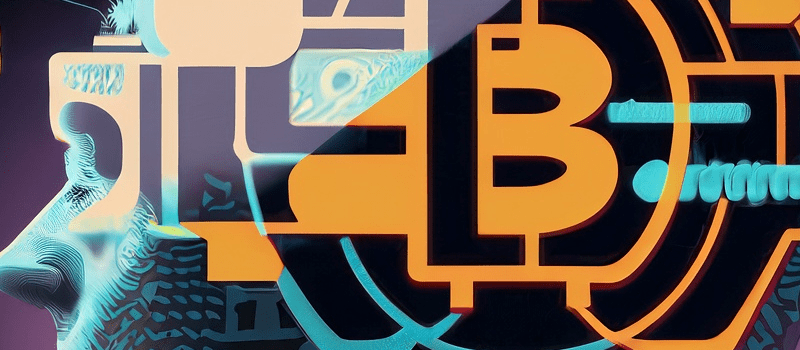
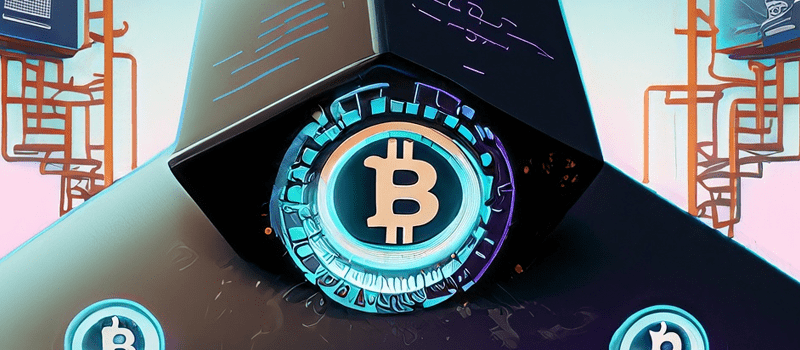
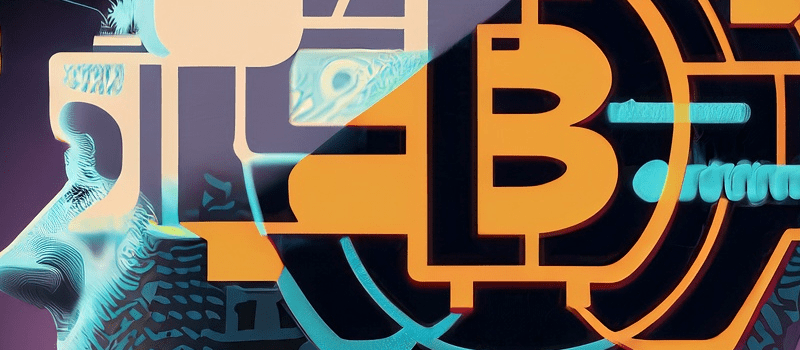
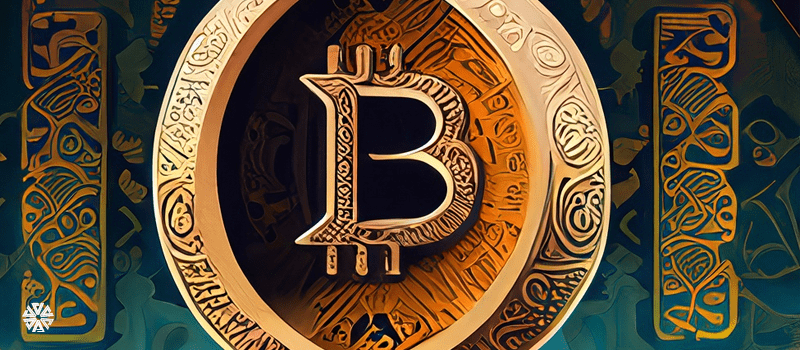
Responses